With its silky, long coat, bright, inquisitive eyes, and fluffy tail, the Ragamuffin is one of the most stunning breeds in the entire cat fancy. Not to be confused with the Ragdoll, the Ragamuffin is a cuddly breed that's known to go limp in your arms. But what makes it different from its close relative? Take a closer look at the Ragamuffin's history, personality, and care below.

Ragamuffin Breed Origin & History
The first Ragamuffin kitten is believed to be Josephine, a feral Turkish Angora with a solid white coat. She had a litter of kittens in Riverside, California, which included a mitted seal point long hair with a white-tipped tail. The unique kitten was named Daddy Warbucks. At the start of the breed's creation, there were longhairs with a pointed pattern and mitted feet. They were called Cherubim.
The non-pointed, non-mitted longhairs were called Miracle Ragdolls by Ragdoll breeders. There were also solid and bi-color longhairs. After the breed's founder trademarked the name "Ragdoll" in 1971, some people split from the Ragdoll association and established the Ragamuffin.
This cat was considered a new breed, not a color division of the Ragdoll. The Ragamuffin went through the entire process to become accepted by the Cat Fanciers' Association. Today, all associations except the Canadian Cat Association recognize the breed.
Related: Ragdoll Cat: The #1 Furry & Floppy Breed Guide
Ragamuffin Personality Traits
Because of their shared ancestry, Ragamuffins have a similar temperament to the Ragdoll. They are docile cats and are known for their loving and attentive personalities. This placid cat wants nothing more than to snuggle in your arms or curl up on your lap. Like the Ragdoll, they are more than okay with being handled. Ragamuffins also get along with everyone in the household, regardless of age and species. Although they're not very active, they are down for some playtime with their favorite humans.

Ragamuffin Breed Characteristics (Physical)
A Ragdoll with different color fur? Hardly! In line with the Ragamuffin vs Ragdoll debate, this breed has tons of unique and distinct characteristics that make it very much its own breed. From their innocent, round face to their glorious, fluffy coat, the Ragmuffin is a striking cat breed that cat lovers can't get enough of.
Ragamuffin Size
Female Ragamuffins weigh between 10 and 15 pounds, and males can weigh up to 20. The Ragamuffin has a broad chest and shoulders as well as heavy muscling in the hindquarters. They have a fatty pad in the lower abdomen. The Cat Fanciers' Association (CFA) describes this breed as having a balanced appearance. Their body size, shape, and weight distribution are all proportionate. Their long, fluffy tail is also in agreement with their body.
Head
The Ragamuffin has a rounded head and muzzle. They have a puffy whisker pad, and their cheeks are full. All of this roundness gives the Ragamuffin a "sweet look." The Ragamuffin's neck is short, heavy, and strong.
Eye Color
Adding to the Ragamuffin's wholesome, round face are their large, wide-set eyes. Their walnut-shaped eyes have a slight slant. The CFA calls for an intense eye color, but they don't name any specific shade. Ragamuffins can have yellow, aqua, and even odd-colored eyes.

Ears
Their ears are medium in size. They are rounded and tilt slightly forward.
Legs & Paws
The Ragamuffin has heavily boned medium-length legs. Their back legs are somewhat longer than their front legs, although all four are in proportion to their body. The paws are large and round with tufts.
Coat
The coat sets the Ragamuffin apart from the Ragdoll and every other cat breed in the fancy. Their glorious fur is medium to long. The CFA describes the texture as soft, dense, and silky. It's longer around their neck and face. Ragamuffins can come in every color and pattern aside from points. This is quite the opposite of the Ragdoll.
Muffins can have white spots on their paws, back, chest, or belly — or no white at all. The Ragamuffin comes in so many shades, colors, and patterns that it brings the Cat Fanciers' Association breed standard to a staggering nine pages!
Ragamuffin Lifespan
This impressive kitty can live up to 18 years — or more!

Ragamuffin Health Problems
The Ragamuffin is a generally healthy cat that can live a long life, if provided with adequate care and regular vet visits. Always adopt Ragamuffins from reputable and registered breeders. They should be able to provide a health guarantee for their kittens. If they can't, find another breeder. While the Ragamuffin doesn't have many known hereditary health issues, they can carry two diseases that are common for the majority of domestic cats: hypertrophic cardiomyopathy and polycystic kidney disease.
Hypertrophic Cardiomyopathy
This is the most common form of heart disease in cats. It occurs when the heart muscle thickens, making it difficult for the cat's body to pump blood. You'll notice your cat acting lethargic and having trouble breathing. If you suspect any health issues, take them to the vet immediately.
Polycystic Kidney Disease
PKD is an inherited disorder in which clusters of cysts develop within your cat's kidneys. This causes the kidney to enlarge and lose function over time. Look for increased thirst, vomiting, lethargy, and blood in your cat's urine.
Ragamuffin Breed Care
The Ragamuffin is very fluffy. But their coat does not mat or knot too easily. You should still brush your cat weekly, however, to remove dead and excess fur. This will decrease hairballs and shedding. Check your cat's ears for dirt and wax buildup. You can also clip their nails each week. It's also important to brush your cat's teeth daily (if possible) to fight dental complications.
You should keep your Ragamuffin indoors. They are loyal and loving cats that will trust anyone. This trait makes them susceptible to getting snatched by strangers looking for a beautiful, free kitty. Since Ragamuffins are not too active, the outdoors can also be very dangerous for them. They are an easy target for predators, dogs, feral cats, and cars.
Even though Ragamuffins don't demand much playtime, you should still ensure they get their daily dose of exercise inside. Encourage them to play by taking part in activities with them, like shaking ribbons or throwing toys they can't resist. Some pet owners spray toys with CBD catnip spray to make them even more irresistible! You can also give cats CBD in other forms such as treats, chews, and capsules.

Nutrition
Ragamuffins may be large (with some extra chub on the abdomen), but they shouldn't be overweight. The amount of food you feed your Ragamuffin is especially important because this kitty can be a bit lazy. Install an automatic feeder to ensure they are getting the right amount of food throughout the day. This also stops them from begging you for more.
Final Thoughts
The Ragamuffin is a truly special breed, combining stunning looks with an affectionate and easygoing personality. With their plush coats, soulful eyes, and cuddly nature, they make wonderful companions for families and individuals alike. While they require regular grooming and careful monitoring of their diet and health, their low-maintenance temperament and deep bond with their owners make them a joy to have in any home.

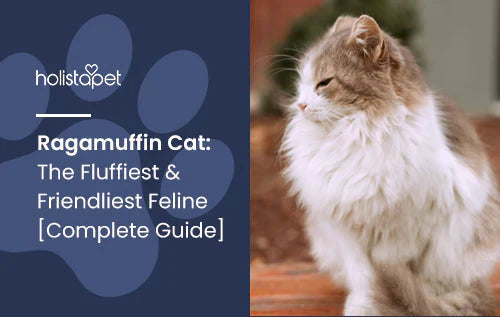
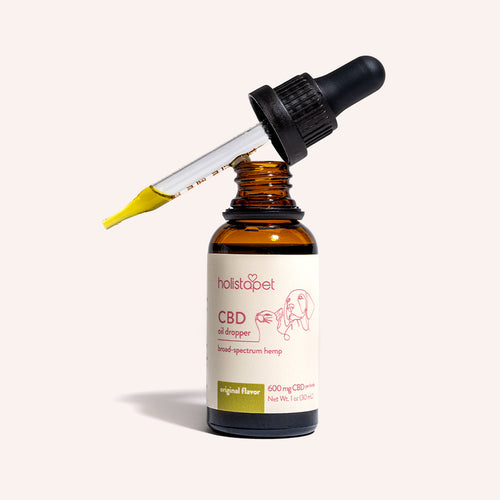 CBD Oil for Cats - Fast Acting
CBD Oil for Cats - Fast Acting
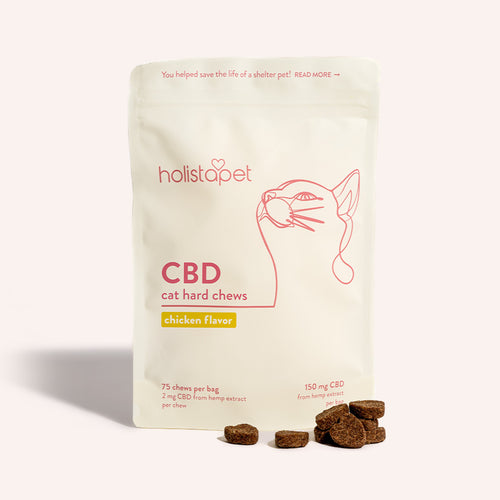 CBD Cat Treats - Easy Dose
CBD Cat Treats - Easy Dose
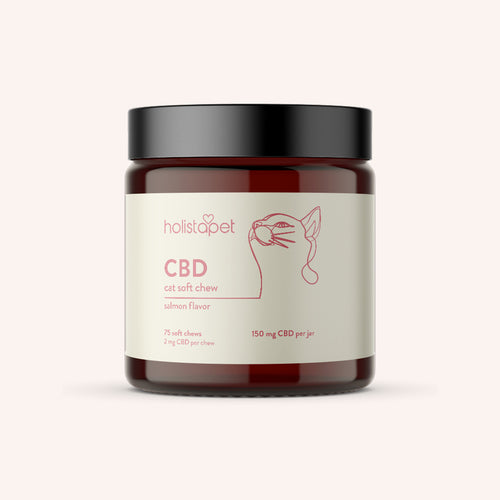 CBD Calming Chews for Cats - Highly Rated
CBD Calming Chews for Cats - Highly Rated
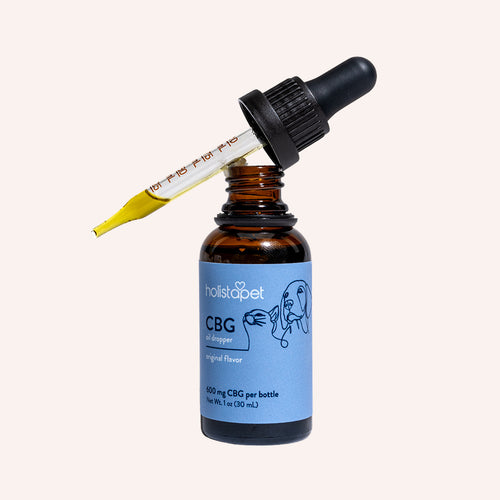 CBG Oil for Dogs and Cats - Loved by Thousands
CBG Oil for Dogs and Cats - Loved by Thousands


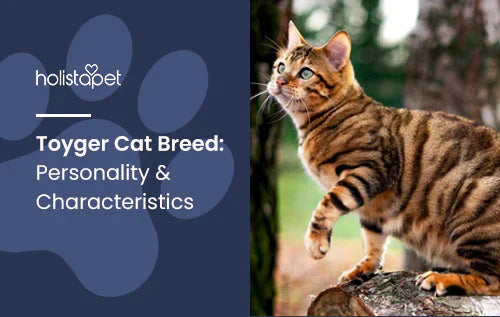

1 comment
Roberta Hounshell
We lost one of our beloved boys at a little over 7 years of age due to congestive heart failure. We adopted both Siamese mixes the same week, but from different shelters. They played and sunned together and were both inside cats. Now we are looking fir a buddy for our remaining boy.
Leave a comment
All comments are moderated before being published.
This site is protected by hCaptcha and the hCaptcha Privacy Policy and Terms of Service apply.